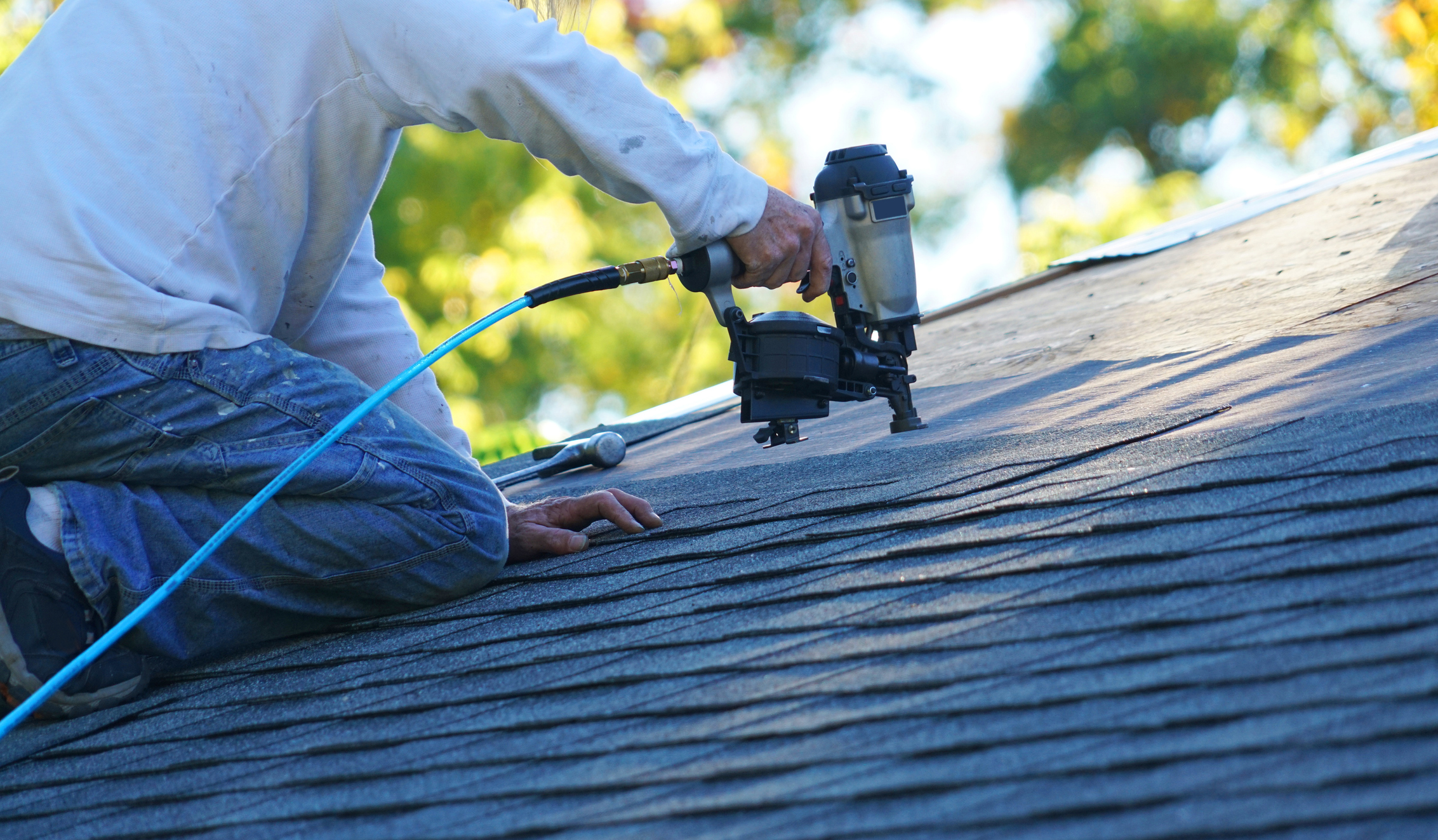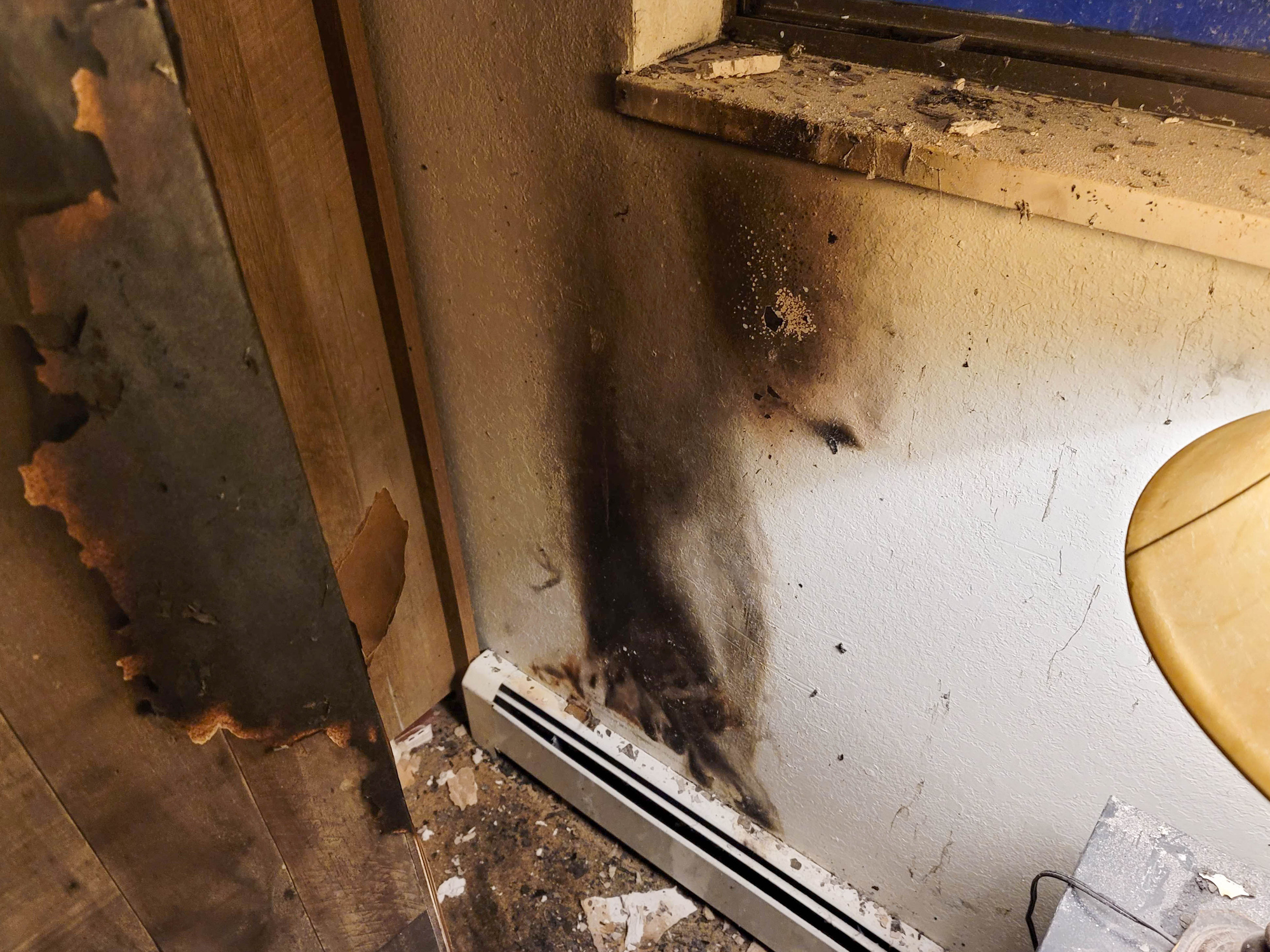San Antonio, TX, with its rich history and vibrant culture, is a city known for its resilience and community spirit. However, the city’s unique geographic and climatic conditions present specific water-related challenges that homeowners must navigate. Beyond the basics of water mitigation, understanding these unique threats can help residents protect their homes more effectively. This blog post explores San Antonio’s distinctive water threats and offers advanced strategies for mitigation.
The Challenges of San Antonio’s Climate
San Antonio experiences a semi-arid climate with hot summers and mild winters. The city is also prone to sudden and intense rainfall, especially during hurricane season. These conditions can create a range of water-related issues for homeowners:
- Flash Flooding: Rapid, heavy downpours can lead to flash floods, overwhelming drainage systems and causing significant water damage.
- High Humidity: Persistent high humidity levels can contribute to mold growth and wood rot, particularly in older homes.
- Hurricane Impact: Although not directly on the coast, San Antonio can still be affected by hurricanes and tropical storms, leading to severe rainfall and potential flooding.
Beyond the Basics: Advanced Water Mitigation Strategies
While basic water mitigation strategies like sealing cracks and ensuring proper drainage are essential, San Antonio homeowners can benefit from more advanced techniques tailored to the region’s unique threats.
Flood Barriers and Sandbags
Flood Barriers: Temporary flood barriers can be an effective way to protect your home during periods of heavy rain. These barriers can be quickly deployed around the perimeter of your property to redirect water flow and prevent flooding.
Sandbags: While traditional, sandbags remain a practical solution for short-term flood defense. Placing sandbags around doorways and other entry points can help keep water out during a flash flood.
Advanced Moisture Control
Dehumidifiers: Given San Antonio’s high humidity, investing in quality dehumidifiers can help control indoor moisture levels, reducing the risk of mold growth and wood damage.
Moisture Sensors: Installing moisture sensors in vulnerable areas like basements and crawl spaces can provide early warnings of water intrusion, allowing for prompt intervention before significant damage occurs.
Landscaping for Water Management
Rain Gardens: Rain gardens are designed to absorb and filter rainwater, reducing runoff and mitigating the impact of heavy rainfall. Planting native vegetation that thrives in San Antonio’s climate can enhance the effectiveness of a rain garden.
Permeable Paving: Using permeable materials for driveways and walkways can help manage water runoff more effectively, allowing rainwater to soak into the ground rather than pooling and causing floods.
Roof and Gutter Upgrades
Seamless Gutters: Upgrading to seamless gutters can reduce the risk of leaks and ensure efficient water flow away from your home. Regularly cleaning and maintaining gutters is also crucial to prevent blockages that can lead to water damage.
Cool Roofs: A cool roof reflects more sunlight and absorbs less heat, helping to reduce the heat island effect and lowering indoor temperatures. This can be particularly beneficial during San Antonio’s hot summers and can also reduce humidity levels inside your home.
Preparing for Hurricane Season
Although San Antonio is inland, the city can still feel the effects of hurricanes, particularly in terms of heavy rainfall and flooding. Here’s how homeowners can prepare:
Hurricane Shutters: Installing hurricane shutters can protect your windows from flying debris and prevent water from entering your home during a storm.
Emergency Kits: Prepare an emergency kit that includes essentials such as bottled water, non-perishable food, flashlights, batteries, and a first-aid kit. Ensure you have enough supplies to last several days in case of severe flooding.
Evacuation Plan: Have a clear evacuation plan in place. Know the safest routes out of your neighborhood and have a plan for where you will stay if you need to leave your home.
Conclusion
San Antonio’s unique water threats require a combination of basic and advanced mitigation strategies. By understanding the specific challenges posed by the city’s climate and geography, homeowners can take proactive steps to protect their properties. From installing moisture sensors and dehumidifiers to creating rain gardens and upgrading to cool roofs, there are numerous ways to safeguard your home from water damage. Preparing for hurricane season with the right tools and plans can also make a significant difference. By staying informed and taking action, San Antonio residents can ensure their homes remain resilient in the face of the city’s distinctive water threats.











